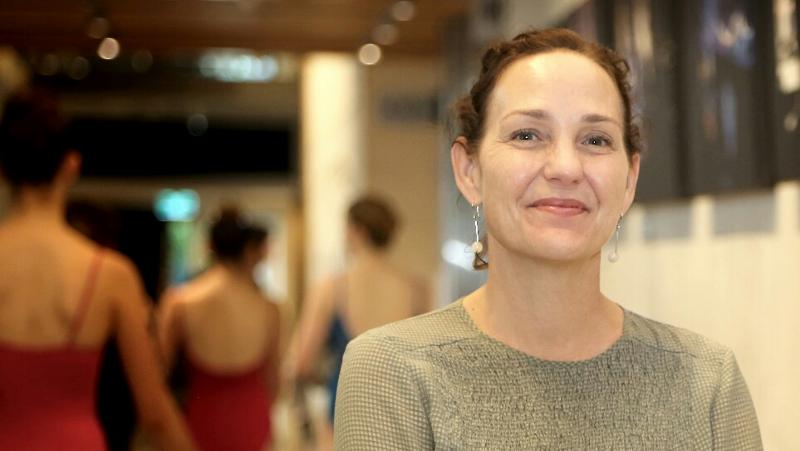
Do regional Queenslanders really want arts programs developed by their city cousins?
QUT Creative Industries researcher Dr Donna Hancox says although all arts initiatives are welcomed by regional communities, they don’t always deliver the experiences that residents really want.
Dr Hancox was this week named one of two 2017 Queensland-Smithsonian Fellows and is heading to New York’s Smithsonian Institute – the world’s biggest museum complex – to look at new ways of developing regional arts programs.
Her first six-week trip in October-November will focus on community consultation methods, with a second trip next April-May investigating transformative technology and innovative delivery methods for arts programs.
She will be based at the Cooper Hewitt Smithsonian Design Museum.
“They have a really large scale program called By the People, which uses a range of processes, prompts and workshops to consult with different communities on how to design policies and programs that suit those communities,” Dr Hancox (pictured below) said.
“They work with disenfranchised and disadvantaged communities, from the Bronx or Philadelphia to remote border towns in Texas, to find out what they really want from arts programs. I want to look at their processes and find out how they might be repurposed for regional Queensland.
“We do sometimes fall down in this state in delivering arts programs that resonate with regional communities.
“My experience is that regional areas will welcome any arts programs – but they don’t necessarily want what a metro area wants.
“I think too much time and money is spent on fly in-fly out programs and that, instead, there should be a greater focus on programs that stay in the community and work with local arts organisations.
“We need to ask ‘what kinds of art programs would you like and how much would you like to create yourself’ rather than having content brought in.
“A regional arts event often doesn’t look like a metro arts event.
“They want more interactive, more practical workshops rather than an author sitting on stage talking about their latest work. That’s because of the differences in access to everyday workshops and programs.”
Dr Hancox’s second trip to New York next year will look at better ways to use technology to deliver arts programs.
“This includes ways of streaming content, creating and sharing interactive content and using immersive environments,” she said.
“We often think about technology as a tool but it can also be creative force.”
Dr Hancox said the arts played a valuable role in improving communities.
“We are a politically fractured state but the arts is an area where we can put aside some of things that divide us,” she said.
“There’s a whole lot of research that shows communities that are engaged in the arts have increased well-being – it can connect communities and build resilience. And arts programs can be particularly important for regions that have experienced natural or human made disasters. It’s not just about going along to a show for something to do.”
Media contacts:
- Mechelle McMahon, QUT media officer, media@qut.edu.au
- (After hours) Rose Trapnell / Niki Widdowson, QUT media team leader, 0407 585 901




